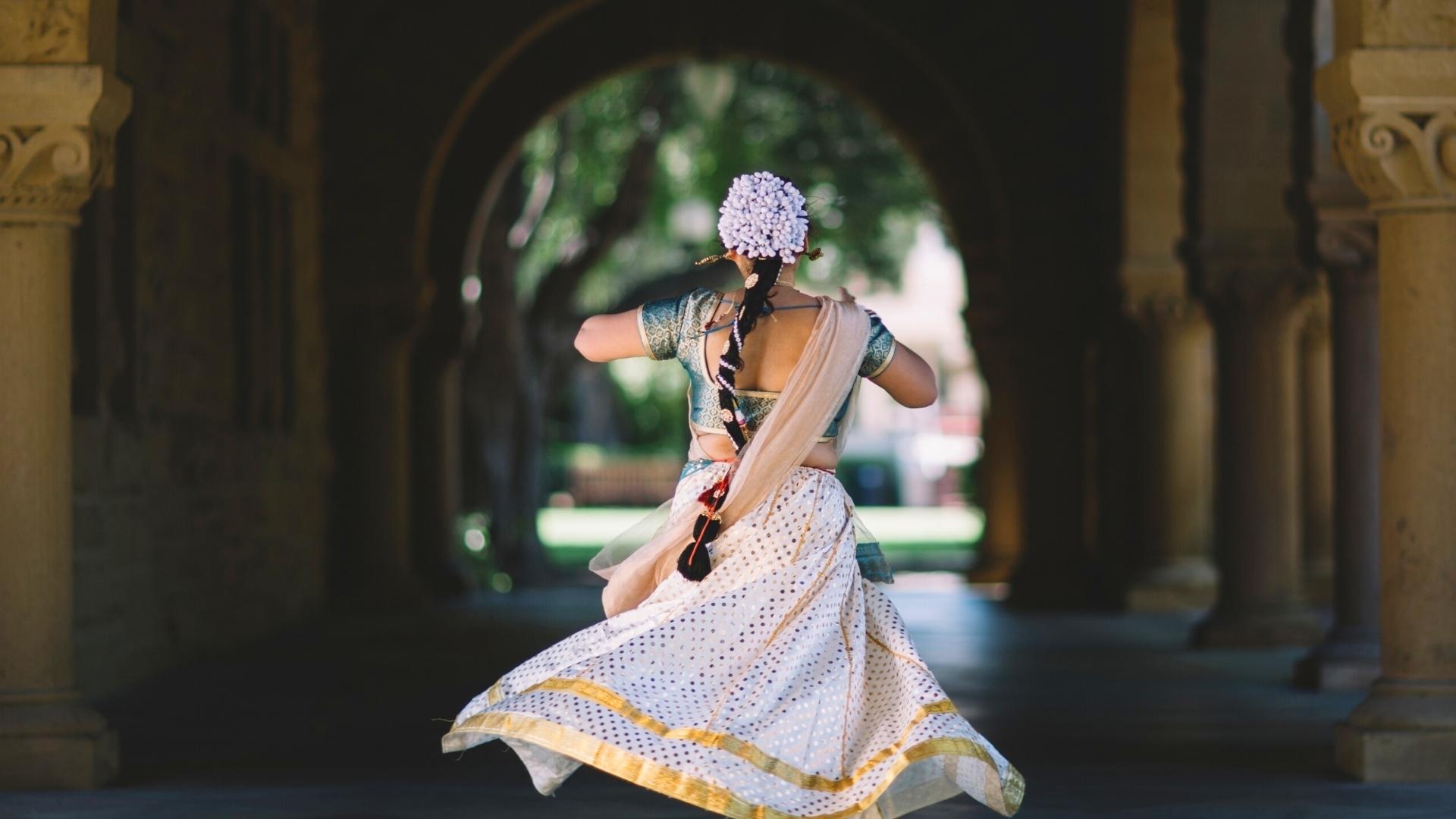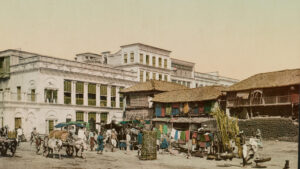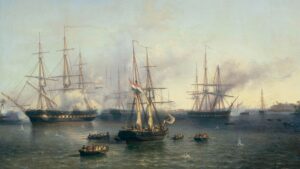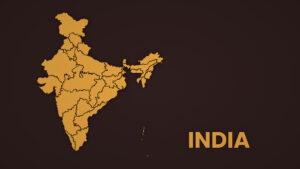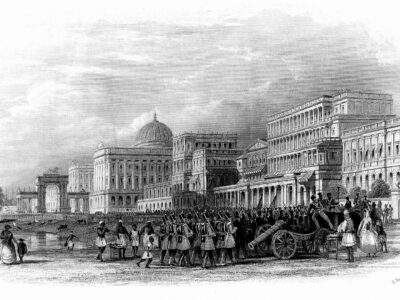Dance in India is not only a mere form of entertainment despite a medium that connects ritualism, esotericism, emotions, beliefs, celebrations, style of performance and cultural symbolism; based on these connections, aboriginal, folk and classical are the three primary dance forms in India. The art of dance came into existence along with the evolution of civilization. Hinduism is the oldest religion globally that witnesses dance as an art and has been carrying religious values from time immemorial.
Dance is an expression performed with controlled spirit levels that involve the activity of body movements based on emotions (rasas) and moods (bhavas), synchronized to a rhythmic pattern. The Hindu mythological stories employ distinct characters such as Gandharvas and Apsaras to provide extensive considerations about dancing. As usual, science never relies on mythologies. Hence, the earliest proof of the existence and practice of dance is available from the stone age cave paintings of Bhimbekta, dancing statues found during the excavations of the Indus Valley Civilization (3300 BCE to 1300 BCE). The comprehensive literary work called “Natya Shastra” was written by the Sage Bharata between (200BCE to 200CE) and dealt exclusively with the art of dance. Natasutras, a text related to dance, is considered one of the oldest texts by some scholars; Panini’s Ashtadhyayi mention Natasutras.
In the later Vedic period, references to the existence of “Devadasis”, a community of women skilled in performing dance dedicated to the deities of the temple; Meghadhoota, a literary work by Kalidasa (Gupta Era), has the first reference to devadasis. After the 10th century CE, though there were several classical dance forms in practice, they have their roots in the Natyashastra. Architectural works and paintings at many historical places of different ages throughout India provide ample information about various classical dance forms and gradual developments in the art. Even Islamic and colonial rule encouraged music and dance; the 20th century in India witnessed a cultural renaissance.

